Long before the era of NFTs, I became an art hanger to earn a living. It's a pretty interesting job for people who are curious about the art world and the world in general. You can see how things work, the relationship to the work of art depending on whether it is hung in a museum, a gallery, an auction house or a private home. Indeed, the same work will not necessarily receive the same treatment ! In a museum, it will be the testimony of a more or less famous and recognized artist, in a private home, a treasure with an incalculable price and in an auction room, a transaction of a mainly commercial nature... This can change completely !
The places where I prefer to work are museums and private homes. In the former, you are in contact with exceptional works of art and in people's homes, there is the human, social and emotional contact which is irreplaceable :)
Like on HIVE !
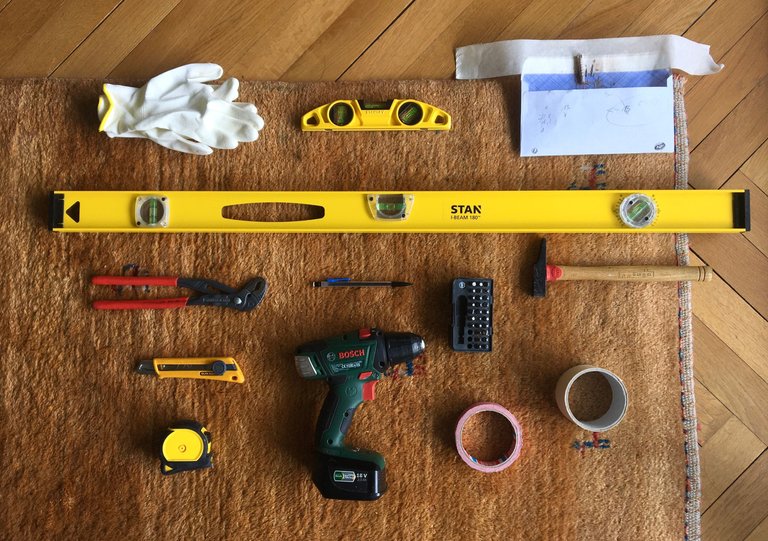
Basic tools.
You will need at least : a tape measure, a screwdriver, drill bits, a pencil, a good spirit level, a hammer, wall plugs adapted to the type of wall, screws or other specific fastening systems (see below...)
My hyeroglyphic calculations ^^
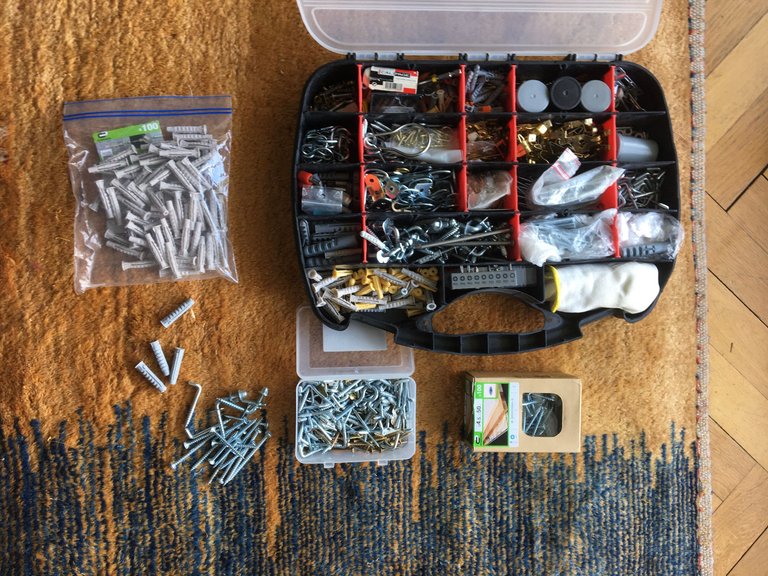
Some of my hardware.
Layout and hanging height, in museums or private homes.
Generally, in museums, medium-sized paintings are hung 1.5 meters from the middle of the painting from the floor. We rarely go above or below that. This is the standard.
For works that are several meters long, the bottom of the painting is usually 30/40 centimeters from the ground.
After that, it varies when you work in a gallery or in a private home because the space and volume constraints are obviously not the same! So it depends on the work and obviously on the right place where it will be hung. Is it a masterpiece? A smaller, "less important" one ?
For placement in the wall space, if the work is alone, it is generally centered in the space, calculated so that the lateral spaces are equal.
When hanging a series, it's a bit different... Is there a work that needs to be highlighted, so it will be centered ? If the formats are the same, we try to respect equal intervals between each of the elements.
Main calculation formulas
hanging in relation to the middle, for example 150cm :
height of the work divided by two - the distance between the hangers and the top of the work + 150 = height of the hanging points on the wall.
Of course, this varies if the points are at different heights. The aim is that the work should be well hung on the wall and level.
calculating the intervals :
total distance from the wall - the sum of the widths of all the works, divided by the number of gaps.
The different hanging systems.
1/. In the wall :
Anchors (many types depending on the type of wall, see here)
Screws (also very diverse!) Depending on the dowels, therefore the wall and the systems behind them). There are also "temarts", a system of L-shaped piton a little perfected which makes it possible to adjust a few millimeters (just above)
2/. On the back of the work:
the systems can be the pitons, the bélières, the cable (even if I don't like to hang with this, the work can swivel and it's not very precise !)
Tips and Tricks
Don't mess up :)
Write your data on tape so you don't mess up the walls! You will need the size of the wall, the size of the work and its height. The centre distance (the distance between the two hanging points - if there are two !) The distance between the top of the frame and the side edges.
The envelope and the tray
Put a strip of tape to hold an envelope against the wall. This will allow you to collect the dust from the drilling. The tray will allow you to move around without your tools being too bulky !
Marking with a tape measure
To mark a distance from one point to another: line up the correct number on the tape measure and then rub the wall with the metal end. This technique saves time and ensures that the distance is mechanically correct (see above).
Foresight
Have extra screws and dowels, and a wide variety! Same advice for drill bits and bits 😉
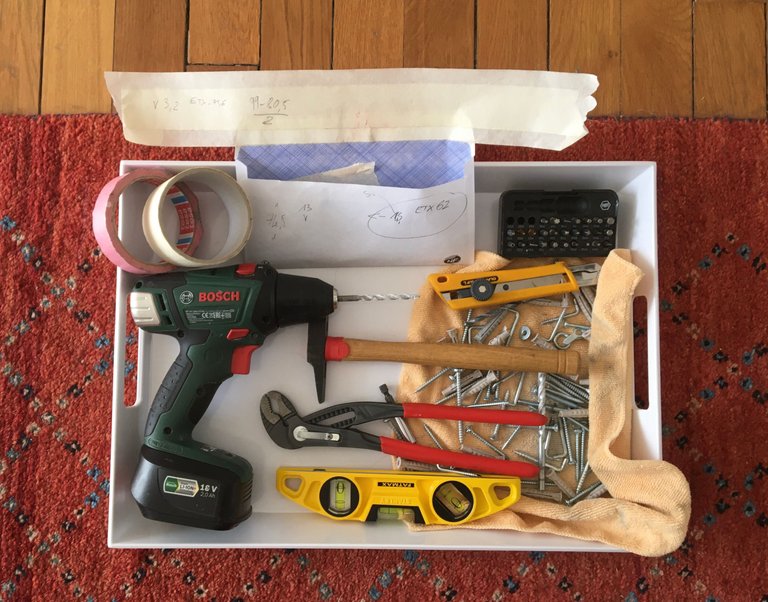
A classic day of calculation on scotch tape
There you go, with that you should be able to hang like a pro ! After that, of course, efficiency comes with practice :)
Today I'm finishing a two days mission in a private home, it was very pleasant but with a steady rhythm all the same :) But there was an incredible view.
And on top of that, there were animals ! Three dogs and a cat, all adorable and very affectionate 🤗
I hope everything is going well on your side !
Be well <3
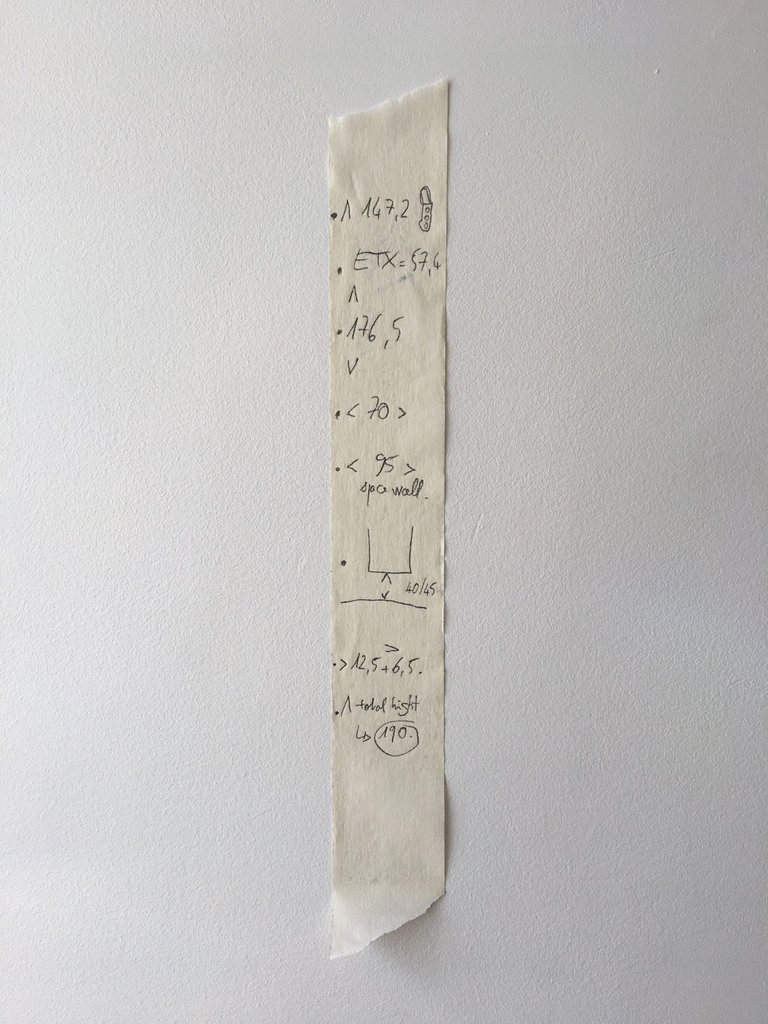
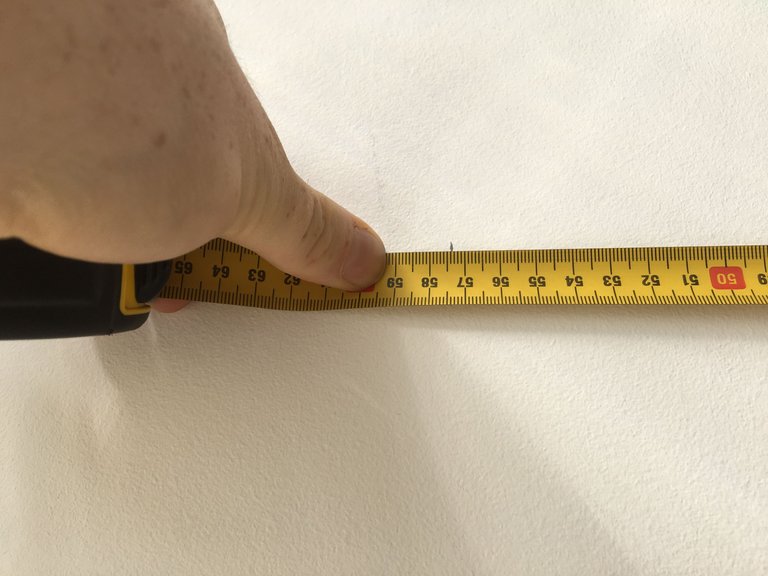
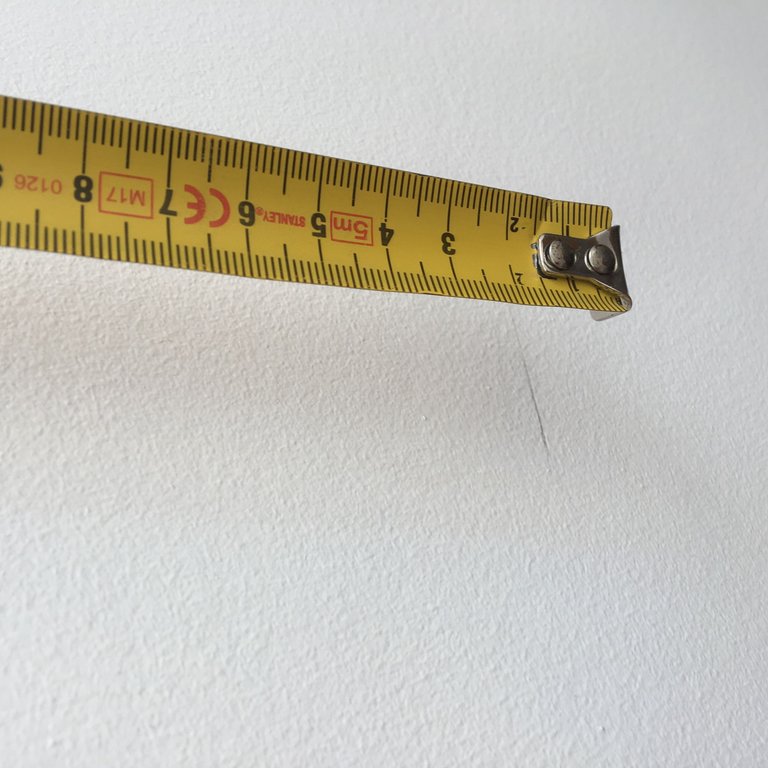
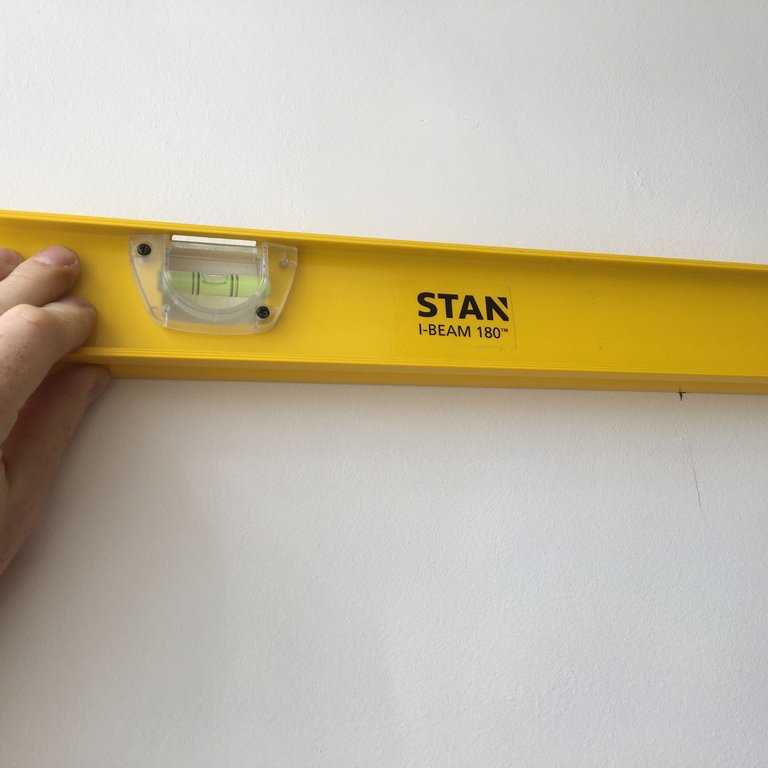
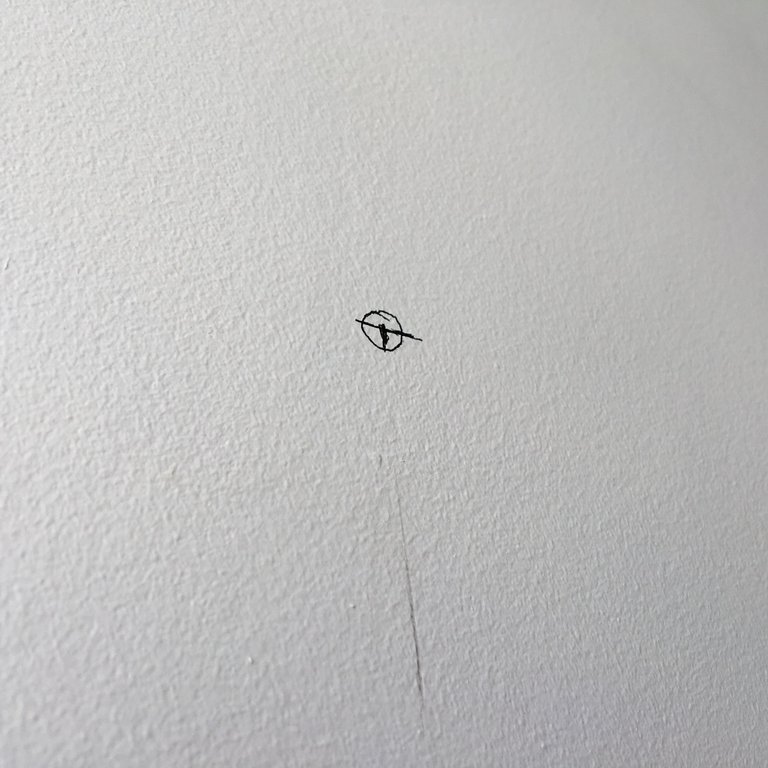
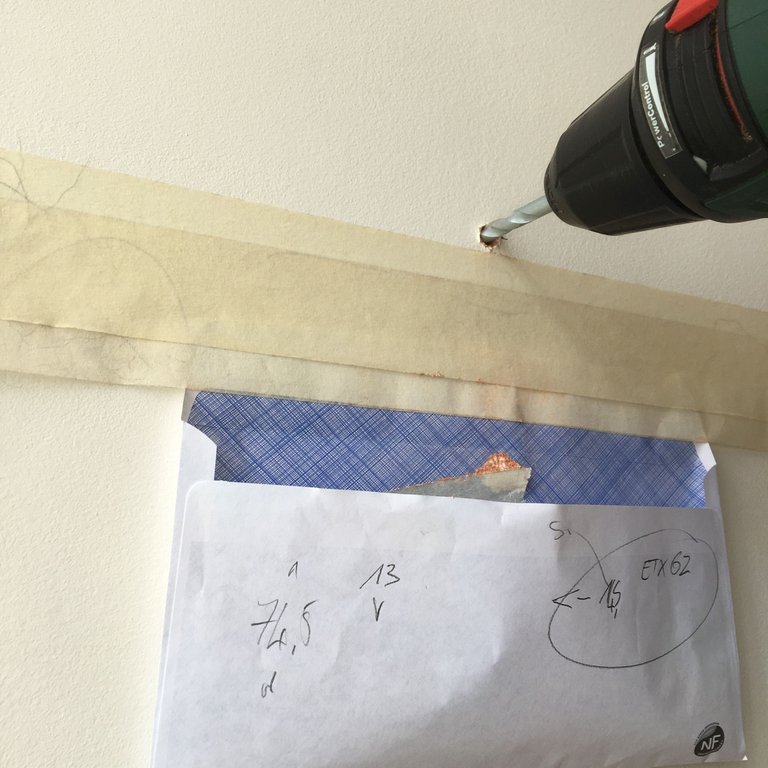
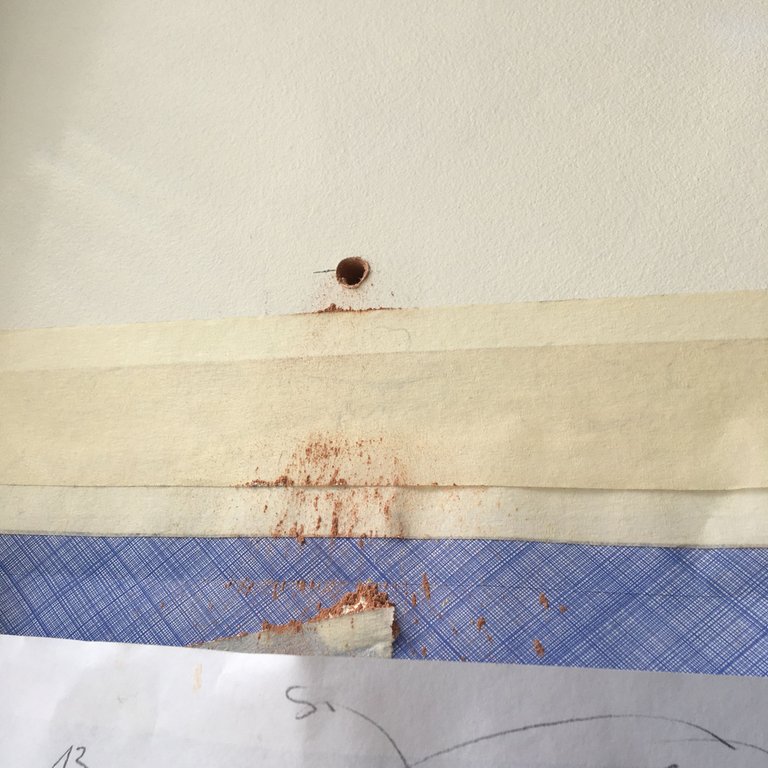
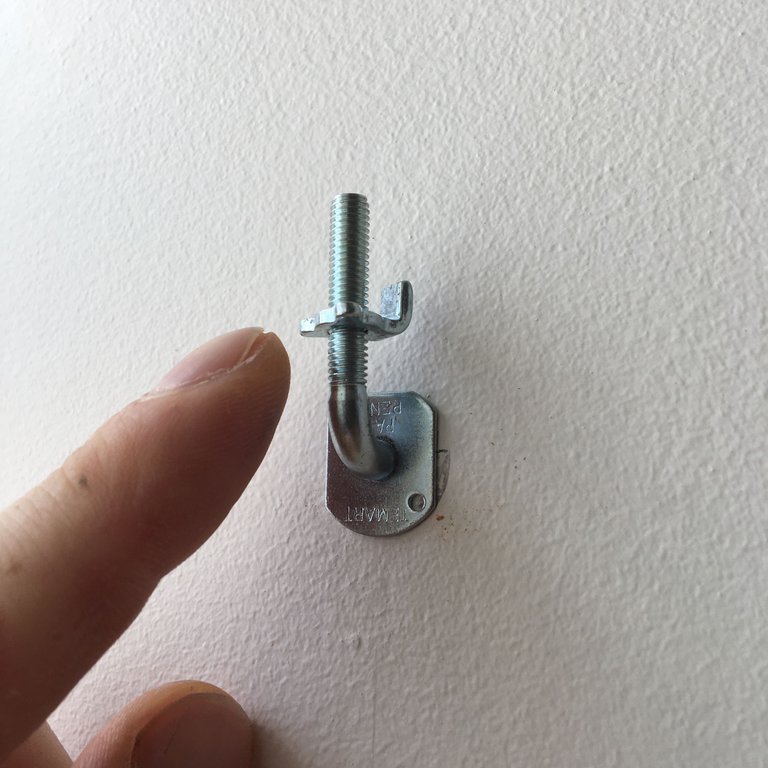
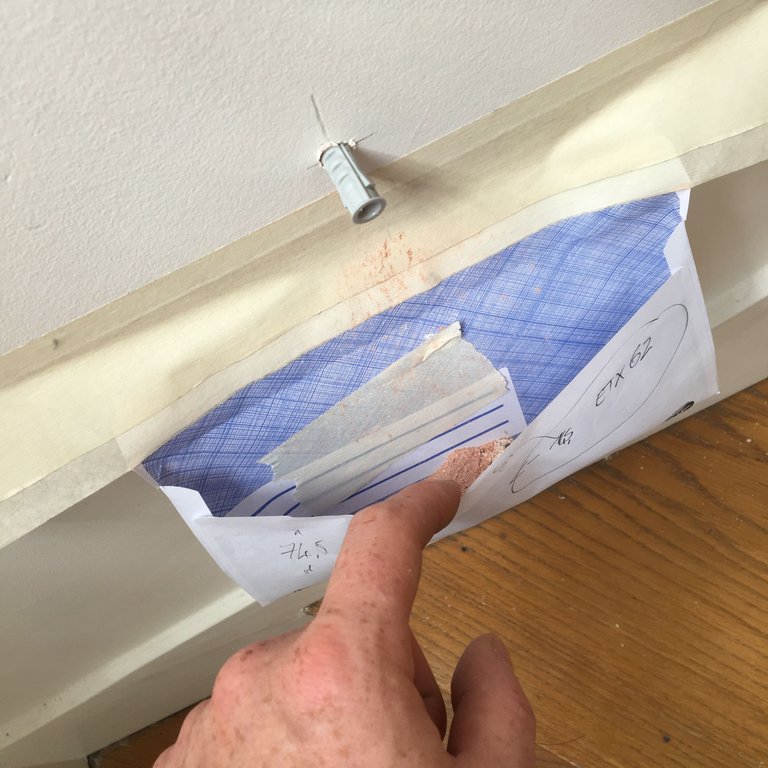
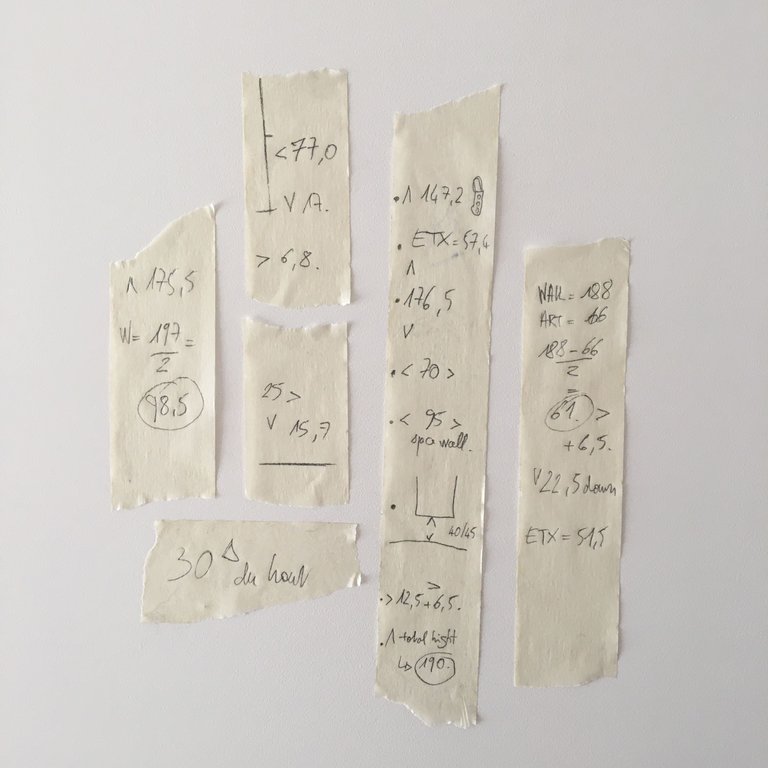
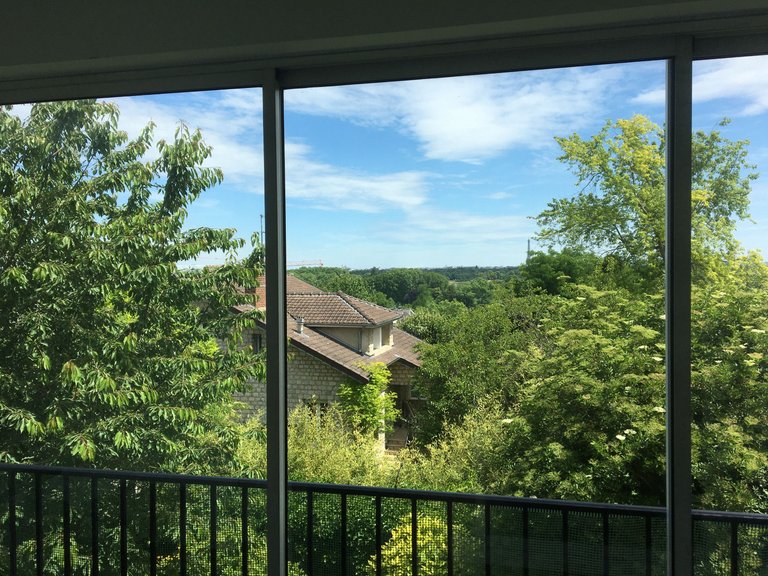

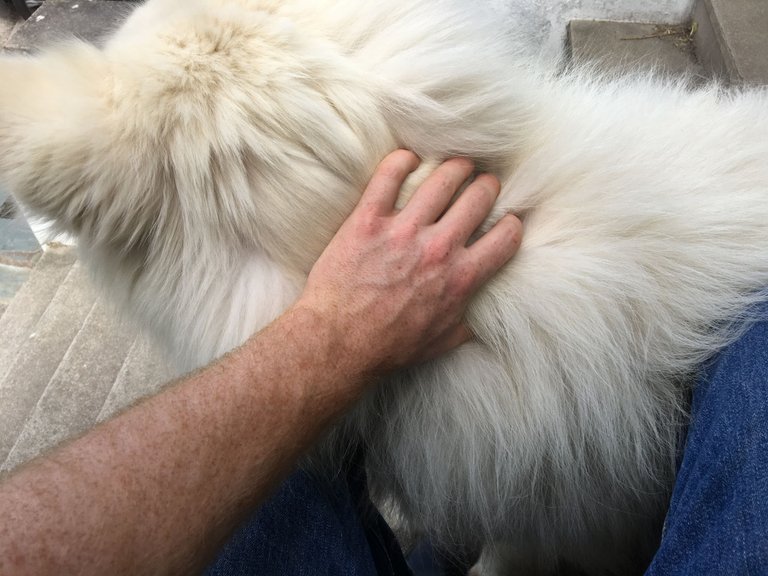
!BEER
View or trade
BEER.Hey @anttn, here is a little bit of
BEERfrom @cryptoyzzy for you. Enjoy it!Learn how to earn FREE BEER each day by staking your
BEER.